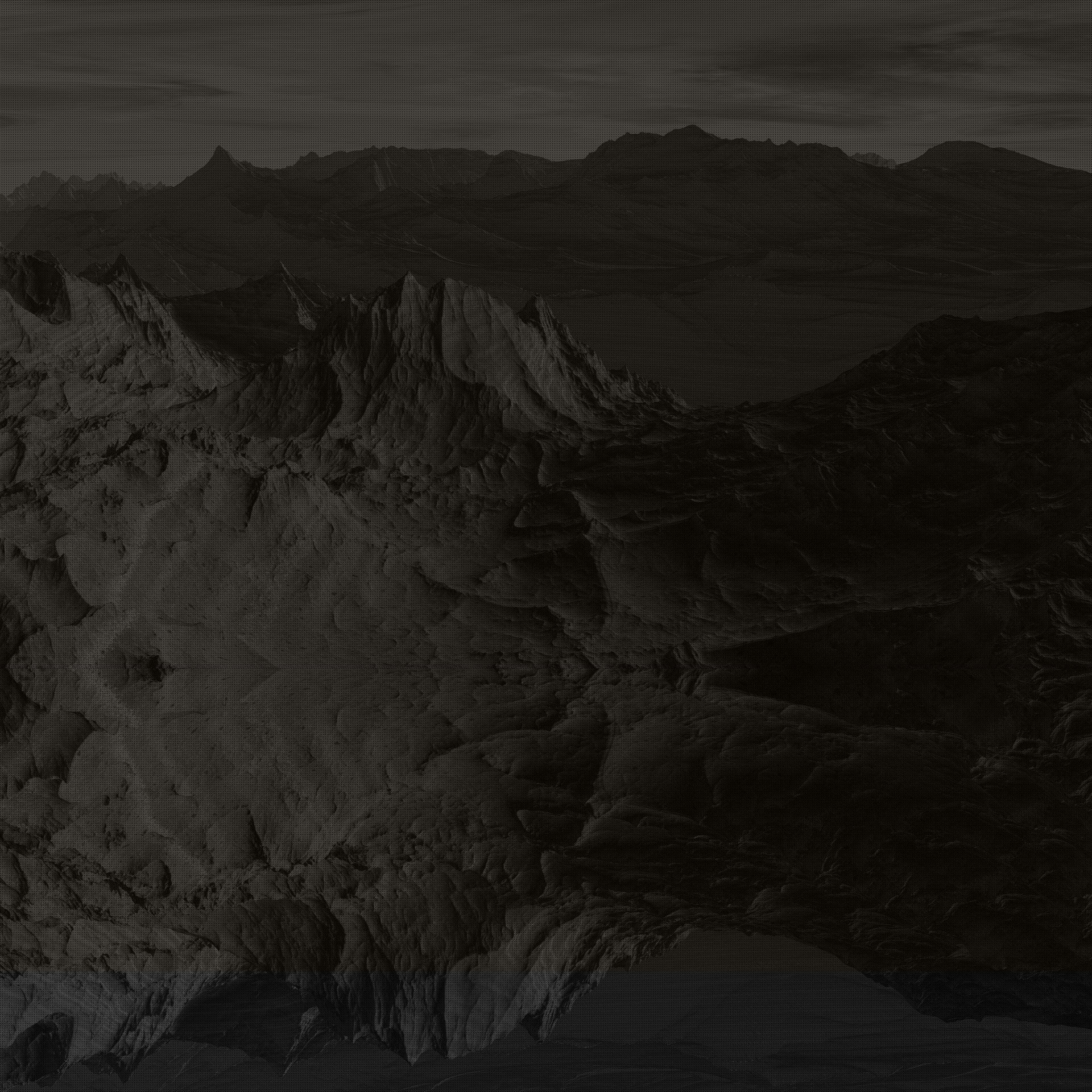Colour correction - Day 119
- Jessica Lamb
- Oct 4, 2022
- 2 min read
Thursday 28th July 2022
So today at college we started learning about colour correction. It was all in nuke and how if we unpremult we needed to premier after we done the colour correction. For example, unpremult then used the toe node on the shot then you would premult again. Otherwise you would be working on the wrong plate and it would render the correct result that you wanted. It must be intact and totally reversible. For colour correction you needed to be able to have access to all the colour information that is affected by the alpha. The unpremult node shows the true colour information in a high colour channel but once premulted it looks darker. You must be aware of the premults and you cannot ignore it. You must also use a channel merger on roto to merge the alphas together and using a stencil operation to use is to cute the floor alpha out of Roy's plane. It's also important to switch off Luts otherwise you would be working on a false image. Using a beauty rebuild would be splitting up the image into different passes E.g. diffuse, refraction, reflection, GI and specular. The image can only be premulted back after all the colour correction is done. We were modifying the specular for the plane because the CGF is too shiny or too polished so we lower it to lower the lightning passes using a new tool. We have to keep reflections to a maximum. We would bring in a camera node in nuke and get it from the file we brought the plane in. We use Pythagoras Therom to find out the length of the vector and use it to normalise then invert it. This is because we want it further away and that way it gets lighter for building the reflections. The Irrad Rigshad rotates the lights and controls how powerful it is and we use that to control the lighting. We use a fog node to create depth in the scene for the plane. But you must remember that any transformation that you do must be done in a pre multiplied state like you would do for denoises and degrains. Then, light wraps are used in the background that wrap around the object in the scene using the brightness. The light is based on the background and affects in our scene the plane and snake itself. The of course is the edge blur which always goes last and if affects everything and only works when it is altogether.





Comments